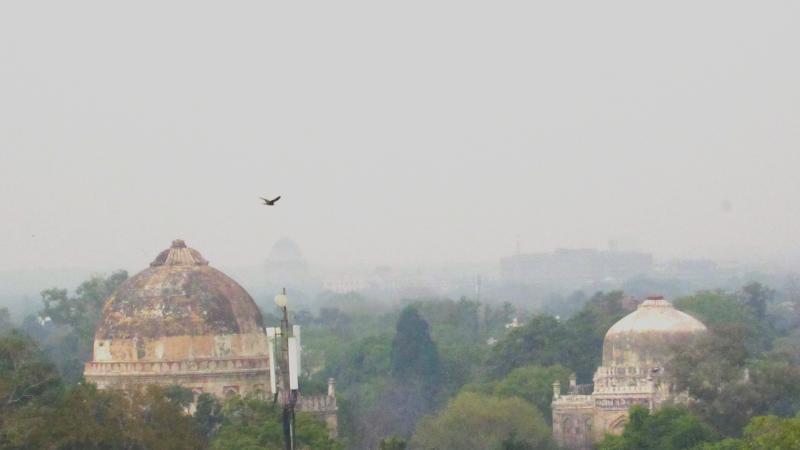
Clean Air Islands Found in North India Despite High Pollution
In a fascinating paradox, researchers have discovered “clean air islands” in north India, where the air is surprisingly cleaner than its surroundings, even when overall pollution is high. This counter-intuitive finding, based on two decades of satellite data, highlights the profound influence of large-scale atmospheric circulation on urban air quality.
Urban air pollution is a significant concern globally, with the World Health Organization (WHO) estimating that 9 out of 10 people worldwide breathe polluted air. In India, in particular, air pollution is a major public health crisis, with the country ranking among the top five most polluted countries in the world. However, a closer look at satellite data reveals that there are areas within these polluted regions where the air is surprisingly clean.
These “clean air islands” are not isolated pockets of pristine air, but rather areas where the air is relatively clean due to the influence of large-scale atmospheric circulation patterns. Researchers have found that massive dust transport from the Thar Desert in western India can create these “Urban Aerosol Clean Islands” (UACIs) in urban areas of north India.
UACIs are areas where the air is cleaner than its surroundings due to the presence of a specific atmospheric circulation pattern. This pattern is characterized by a high-pressure system over the Thar Desert, which drives massive dust transport towards the north. As this dust-laden air reaches the urban areas of north India, it creates a layer of clean air that is separate from the polluted air at ground level.
The discovery of UACIs in north India is significant because it highlights the importance of large-scale atmospheric circulation patterns in shaping urban air quality. While local sources of pollution, such as vehicular emissions and industrial activities, are well-known contributors to air pollution, the influence of global atmospheric circulation patterns is often overlooked.
The researchers used two decades of satellite data to identify the UACIs in north India. They analyzed the data to identify areas where the air was cleaner than its surroundings, and then used computer simulations to understand the atmospheric circulation patterns that were driving these clean air pockets.
The study found that the UACIs were most prominent in urban areas such as Delhi, Lucknow, and Kanpur, which are located in the path of the massive dust transport from the Thar Desert. The researchers also found that the UACIs were more common during the winter months, when the high-pressure system over the Thar Desert is stronger.
The discovery of UACIs in north India has significant implications for urban air quality management. While local sources of pollution need to be addressed, the findings suggest that large-scale atmospheric circulation patterns also play a crucial role in shaping urban air quality. This highlights the need for urban planners and policymakers to consider the influence of global atmospheric circulation patterns when developing strategies to improve air quality.
Furthermore, the study suggests that the creation of UACIs could be used as a natural air purification strategy. By understanding the atmospheric circulation patterns that drive the creation of UACIs, urban planners could design urban areas that maximize the benefits of these clean air pockets. This could involve designing urban spaces that take advantage of the natural ventilation and air circulation patterns, or using artificial structures to enhance the creation of UACIs.
In conclusion, the discovery of UACIs in north India is a fascinating example of the complex interactions between global atmospheric circulation patterns and urban air quality. While overall pollution levels in north India are high, the presence of these clean air pockets highlights the need for a more nuanced understanding of the factors that shape urban air quality. By considering the influence of large-scale atmospheric circulation patterns, urban planners and policymakers can develop more effective strategies to improve air quality and create healthier cities for inhabitants.
Source: https://researchmatters.in/news/indias-invisible-air-pollution-domes-how-dust-shapes-urban-skies






